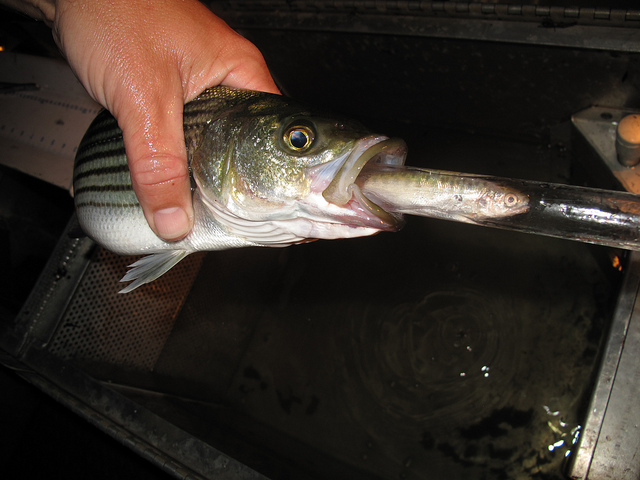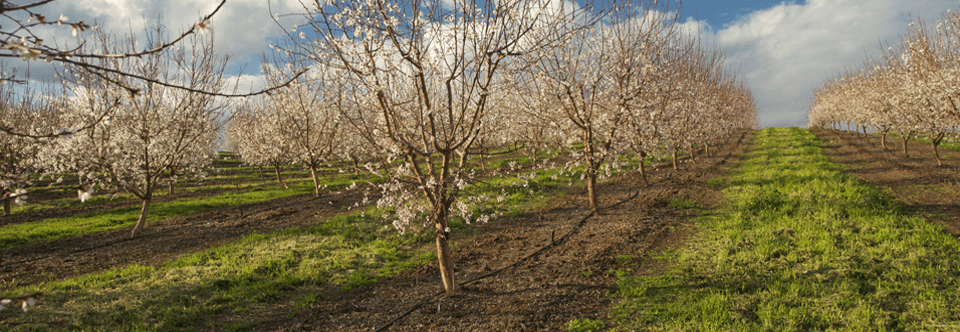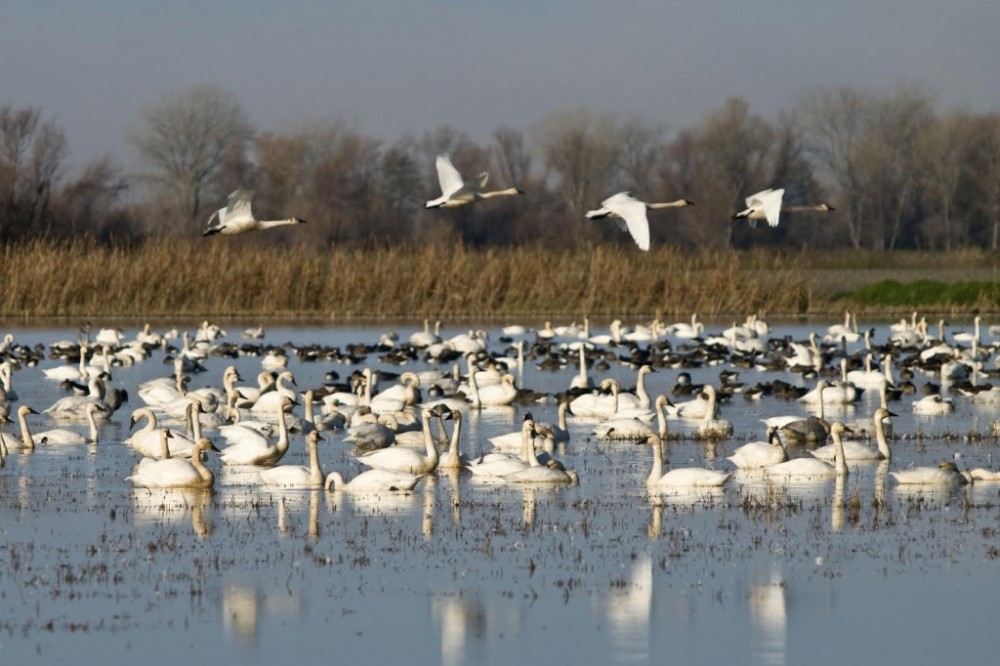One failure is we’re not capturing and storing nearly as much floodwater as we should.
Continue readingAbandoning Established Water Law Does Nothing to Produce or Save One Drop of Water and Puts Our Food Supply at Risk
Abandoning Established Water Law Does Nothing to Produce or Save One Drop of Water and Puts Our Food Supply at Risk
Are Curtailments a Balanced Water Use?
A Better Solution for Drought Resilience
Salmon need help in California, but what kind?
Salmon need help in California, but what kind? Salmon need help in California. Unfortunately, L.A. Times opinion writer, Michael Hiltzik, isn’t doing them any favors by furthering the notion that more water in the Delta’s sterile waterways is the solution. Hiltzik completely ignores the economic consequences that have devastated San Joaquin Valley farms, farmworkers, and […]
Smart Policies- Multiple Benefits in Floodplains
Securing California’s water future for farms, families and native species is possible. When we pursue smart policies that foster innovative solutions, everyone benefits. One example of these smart policy solutions is the use of strategically expandable floodplains found in the Central Valley Flood Protection Plan. How can changing how we think about storm flows and […]
Many Delta Stressors Impacting Delta Smelt and Delta Health
There are far bigger issues affecting the Delta than water exports and returning to a time prior to Western development is unrealistic. To describe the Delta as altered is to say that New York City is populous or California water politics contentious. Since the 19th century when locals began to reclaim the marshlands, dike the […]
Almonds
[audio src="/Content/FarmWaterMinute/almonds.mp3"]
Did you know that almonds have long been a treasured food? Eaten by pharoahs and traders of the silk road, almonds are even mentioned in the biblical accounts.
Irrigation
[audio src="/Content/FarmWaterMinute/Irrigation.mp3"]
California has the second most irrigated acreage in the United States, with Nebraska alone irrigating more. California’s almost 8 million irrigated acres are dedicated to a wide diversity of more than 300 crops.
California Rice Production
[audio src="/Content/FarmWaterMinute/Rice.mp3"]
California rice production provides approximately 500,000 acres of habitat annually. This habitat provides nearly 60% of the food resources consumed by wintering waterfowl in the Central Valley and is the sustenance for 2.5 million of the 5 million ducks using the Pacific Flyway.




